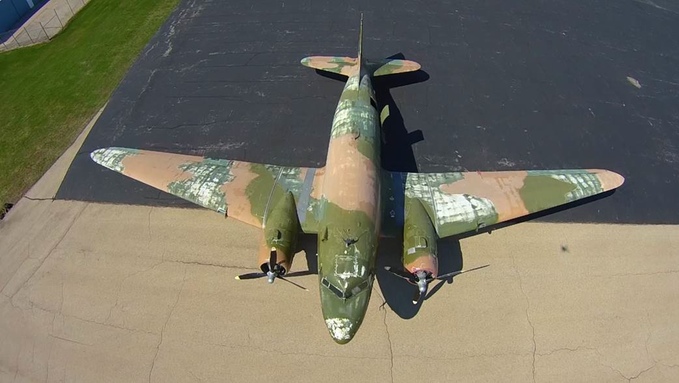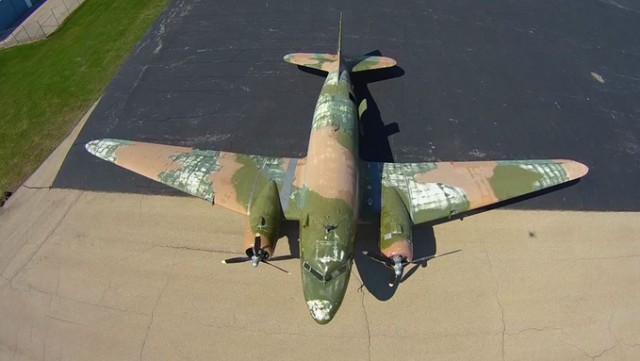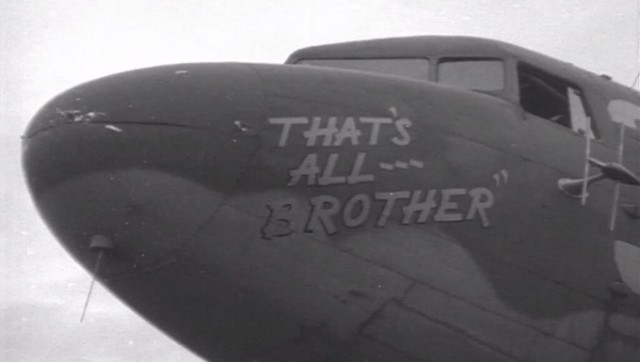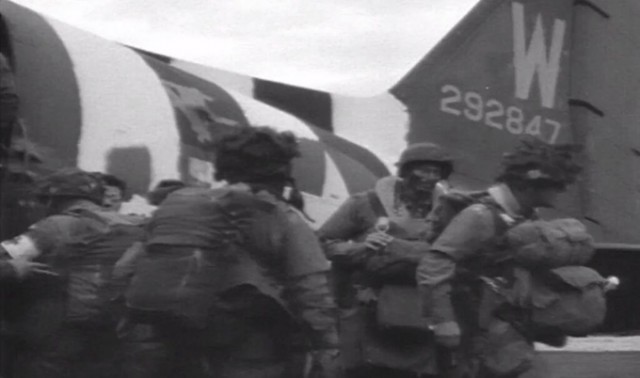A World War Two C-47 aircraft is being renovated and transported to its new home in Dallas in the U.S.
42-92847 led Mission Albany a formation of 432 aircraft that, just after midnight on D-Day, dropped more than 6,600 paratroopers behind enemy lines on the Cotentin Peninsula of Normandy. Named “That’s All, Brother”, this airplane led the first major blow in the Allied liberation of Europe.
The men that jumped from the airplane were paratroopers of the 502nd Parachute Infantry Regiment, with the 101st Airborne Division.
“That’s All, Brother” had an impressive combat record after D-Day. It participated in Operation Market Garden, the relief of Bastogne during the Battle of the Bulge, and Operation Varsity.
In 1946, the airplane was sold into civilian hands. It passed through sixteen different owners before being acquired in 2008 by Basler Turbo Conversions LLC of Oshkosh, WI.
The airplane’s place in history had been forgotten, and it was placed in Basler’s outdoor boneyard awaiting conversion to a modern BT-67 turboprop.
The plane had been scrapped and was rusting away in an airplane scrap yard in Wisconsin. Historians say that it is worthwhile to preserve it for future generations.
The Commemorative Air Force (CAF) is leading the renovations and when the project was announced there was a lot of interest from airbases and collectors all over the world.
The C-47 will soon become part of the collection at the Commemorative Air Force’s Museum at Dallas Executive Airport. It is thought it will take another five years to complete the project, but the aircraft is said to be almost near to being fully-renovated and should be in flying condition within about nine months.
The deal for the Commemorative Air Force to purchase the C-47 also included a second aircraft and was worth around US$600,000. Many private bidders took part in the negotiations, but the case to have the aircraft on public view and become a public tool was too strong to resist.
The total renovation costs are thought to amount to US$1.5 million while right now the CAF has raised just over half of that. Some of the previous owner’s renovation works have set the project back since the attempt had caused severe rusting and corrosion.
Meanwhile other renovation work has saved some time, since its D-Day invasion internal configuration, including seats, electronic equipment, and décor, had been kept in a safe place.
Some of the equipment are still missing, such as its airborne radar – the CAF team is on the hunt to find a replacement. Their ultimate aim is to preserve the aircraft so that it can eventually be flown at the centenary commemorations of the D-Day landings in 2044, another 29 years away.
The only other time the C-47 stopped in Dallas was when it was originally flown to England to take part in the war effort. It would have been flown by a female pilot from the Women Airforce Service Pilots, whose job it was to deliver aircraft to domestic U.S. airbases throughout the war.
Images: Kickstarter



